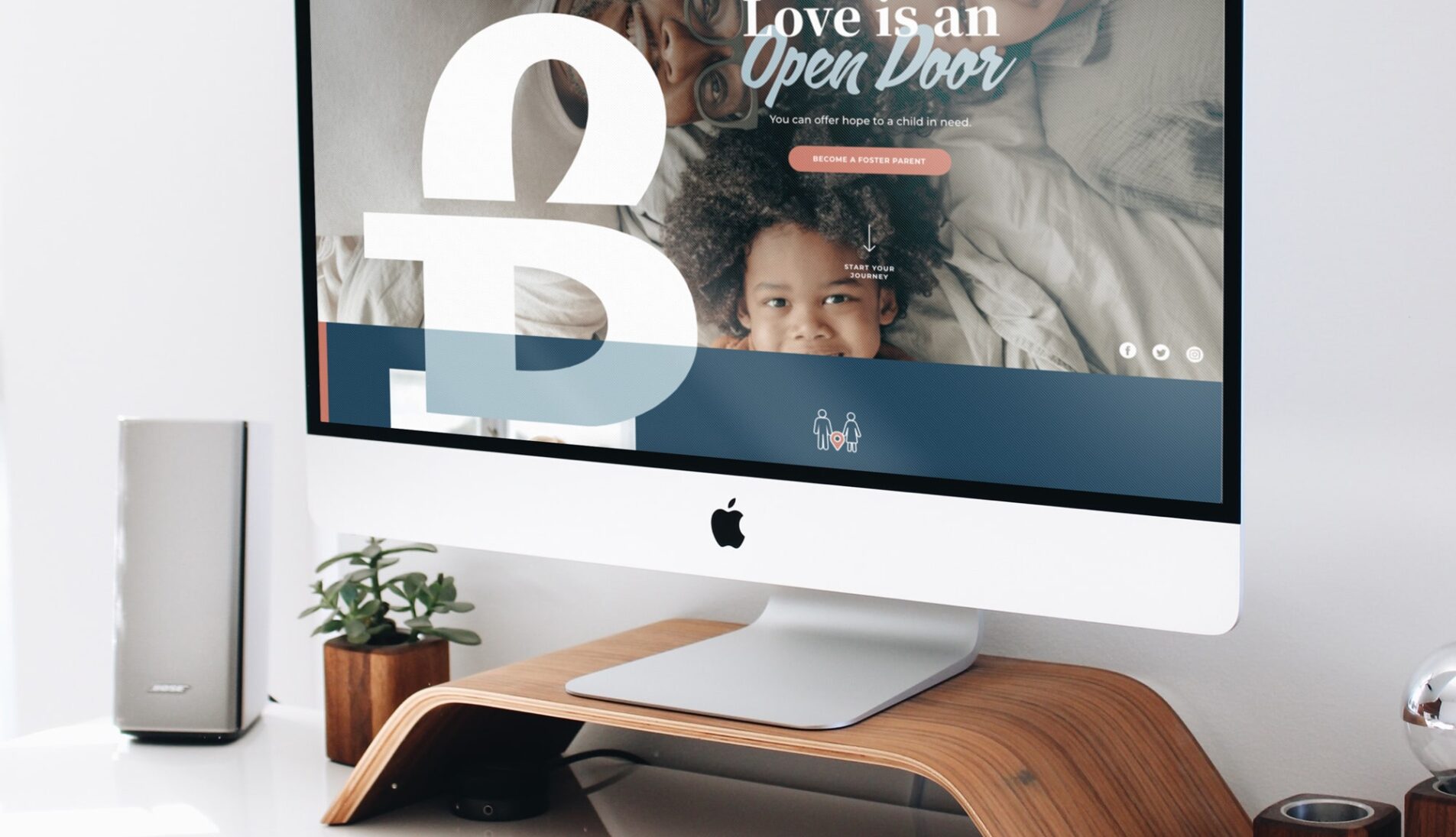
Make the right investment in your website
An inside look at the costs, process, and strategy for success
You recognize that your company or organization could benefit from a new website, but it can be hard to know where to begin or how much to invest.
The good news is that the process doesn’t need to be complicated, and you can avoid being surprised by hidden costs. To make sure you’re making the right decisions, start by understanding your options.
What To Expect
When you hire someone to create your website, you are paying for expertise in the areas of web design, web development, and content creation. At Cassel Bear, we customize each of these services to ensure that your investment will deliver results that move you closer to your goals.
Behind The Build
Here’s what you’ll need to create a website that attracts, engages, and converts visitors.
Web Design
Design is both about the appearance of your site and the overall user experience. This includes page layout, fonts, colors, choice of imagery, and any other features. Some services offer pre-built website templates for personal or small business use. However, organizations that want to use a website as a central part of their branding or growth strategy often opt for a professional custom design.
Web Development
This involves the computer code and/or software that is used to implement your website design. Based on how your site needs to function, it may require little custom coding or involve the expertise of a development team.
Content Creation
Content refers to the messaging, SEO strategy, photography, video, and graphic elements that will be used on the site. These needs will vary depending on the quality of existing content and your strategy for engaging visitors.
Setting A Budget
The amount you should spend on your website depends on your goals. Consider these three levels of website design.
-
Standard Templates
Goal: Establish Your Online Presence
A website can simply be a place to post a product/company overview, photos and contact information. These sites can be created using “drag-and-drop” website platforms that provide standard templates and design elements.
Considerations
Businesses at this level may rely on in-house resources or freelancers to produce simple designs. While these sites utilize templates, they still require an understanding of good design principles, user experience ,and clear messaging to be effective.
The low initial cost of standard template sites make them an attractive option. However, companies should consider their long-term goals. A basic site may meet immediate needs, but need rebuilt as the business matures.
ADVANTAGES:
Takes less time/money to create.
Does not require a web developer.
Geared toward entry-level users.CHALLENGES:
Limited options for customization.
Templates may become outdated or unable to meet future needs.
Other sites/businesses may use the same template.
Designs can feel bland or generic.MAY BE A GOOD FIT FOR:
Sole proprietors.
Personal/hobby websites.
Organizations with low budgets.
Businesses for which a website is not a primary sales tool. -
Custom Designs
Goal: Showcase Your Product or Service
Custom designed websites highlight your unique value, elevate your brand and set you apart from competitors. By tailoring the user experience to the target audience, these sites become the foundation of a digital marketing strategy.
Considerations
The cost of custom website design will depend on the number of pages and their complexity. The budget may also need to account for photography and artwork if it is not available. A benefit of custom design is that you’ll have multiple opportunities to influence the final product to ensure it meets your specific needs.
ADVANTAGES:
Fully customized layouts that capture the latest design trends.
Communicate your unique value.
Establish professionalism & brand credibility.CHALLENGES:
Larger upfront investment.
Longer build timeline.MAY BE A GOOD FIT FOR:
Growth-oriented companies
Organizational storytelling. -
Custom Development
Goal: Offer Advanced Functionality
Whether it’s e-commerce, interactive features, or database integrations, some businesses require websites with custom-built functionality. This may involve the support of web developers to write and implement the necessary computer code.
Considerations
Custom development allows you to include features that make your website more effective and scale your engagement with customers. Having a clear goal will help ensure that the long term benefits far outweigh the initial development costs. In addition, custom development can help give your website a longer shelf life. On a well-built site, future updates may simply require a new front-end design without the need to rebuild the back end.
ADVANTAGES:
Custom features that drive sales.
Offer next-level user experiences.
Automate processes such as data collection.
Create a custom back-end user interface.CHALLENGES:
Additional development costs.
May require developer support for future updates.MAY BE A GOOD FIT FOR:
E-commerce & catalog sites.
Engaging online visitors.
Complex forms and data management.